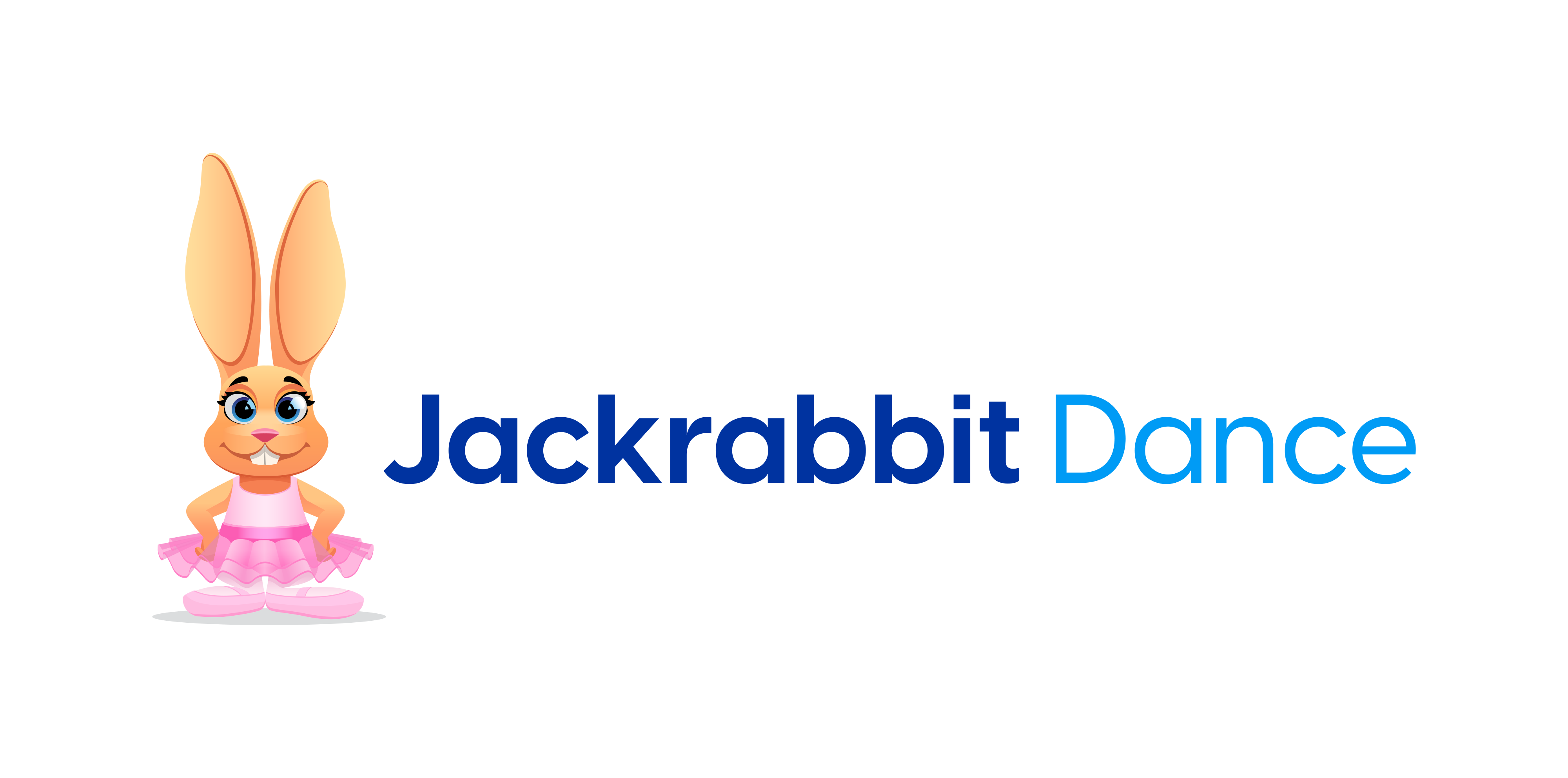from Frank Sahlein
Tying It All Together
No one report (Balance Sheet, Income Statement, Cash Flow Statement) tells the entire story of a business’s financial condition. By learning to read and interpret all three statements together, you get a solid idea of the fiscal health of the business. Basically, the Balance Sheet is a snapshot, the Income Statement is a movie, and the Cash Flow Statement is the result of all financial activities over a given period.
Get in the habit of reviewing these three statements on a monthly or quarterly basis, and you will have a much greater understanding of the movement of money through your organization. Add in the tax returns at the end of each fiscal year for additional comparison and understanding!
Read on …
Balance Sheet
A balance sheet lists the total assets and liabilities of a company its net worth. Balance sheets are prepared on a monthly, quarterly, and annual basis to show the company’s financial condition at the time of preparation.
Assets: Anything of value; e.g., cash, receivables, furniture, fixtures and equipment, property and inventory that are owned by an individual, business, or corporation.
Current Asset: An asset that will either become cash or be used up within one year, such as inventory or receivables.
Debt: Any funds borrowed by a company or individual that must be repaid. Debts are generally secured by a note, which can require a lien against the debtor’s assets. Under some arrangements, debt may be converted to an ownership percentage.
Loans: Debt incurred by a business that can be obtained from banks, investors, or institutions. Most loans are secured by collateral. When a loan is unsecured, no collateral is pledged. Loans are granted for a specified period of time, with interest attached to the scheduled payments.
Line of Credit: A commitment by a bank to make loans to the borrower during a specific period of time, usually one year. Lines of credit are generally tied to accounts receivable, inventory, and compensating balances kept on deposits.
Short-Term (Current) Liabilities: These are debts that are expected to be paid off within one year, such as wages, taxes, dividends, and accounts payable. This also includes the portion loan, including interest, to be paid in the current year.
Long-Term Debt: Liabilities that are not payable within a 12-month period.
Current Ratio: A measure of a company’s current assets against its current liabilities. This method is often used by banks and market analysts to determine the health of a company at any given time.
Quick Ratio: Cash, marketable securities, and accounts receivable divided by current liabilities. By excluding inventory, this key liquidity ratio-also known as the “acid test” – focuses on the current worth of a company’s more liquid assets, which tend to be more easily valued. This is an important ratio to lenders because it helps answer the question: If the borrower had to pay off its loan today, could it do so with its current, readily convertible assets?
Equity: The difference between a company’s salable assets and the claims held against it.
Net Worth: The amount by which business assets exceed liability. On a personal financial statement, the net worth of an individual is calculated by subtracting personal liabilities (debt and other obligations) from the total value of personal assets.
Working Capital: The difference between current assets and current liabilities – in short, the amount of cash that is free and available to run the business. Working capital can take many forms. It can come from internal sources such as inventory, accounts receivable, cash, and retained earnings, or from external sources, such as banks, and other short-term borrowing and trade credit.
Income Statement (also known as a Profit & Loss Statement)
A statement that summarizes a company’s revenues, costs, and expenses during a given accounting period.
Gross Profit: Net sales less cost of goods that have been sold.
Operating Percentages: Analysis of BOTH the overall Company and each Department/Program and/or Facility, depending upon how ownership desires to measure it.
Includes a comparison between the Current Month or Period and the Year To Date figures in:
Income
Expenses
- Payroll and Payroll Taxes
- Bonuses, Profit-Sharing, Benefits
- Rent or Mortgage
- Marketing
- Professional Development
- Insurance
- Supplies
- Special Events
- Other Expense categories that are vital to your business
Net Profit
Profit: The difference between the selling price of goods and their costs. Profits are the excess cash or accounts receivable to either reinvest in or take out of the company. After all, expenses within a given time frame have been paid (monthly, quarterly, or annually). It is up to the company whether profits include the owner’s salary and the taxes owed by the company or the owner.
Projections: An estimate of future performance. Corporate financial planners project profitability and cash flow using historical trends to make assumptions. These projections are invaluable in making budget decisions and planning financing.
Cash Flow Statement
The movement of cash in and out of a business. The timely movement of cash is necessary for a business to pay its bills and remain in operation. KEY LINE ITEM: Net Cash Increase (or Decrease) for the Period.
Operating Capital: Funds necessary to operate a business. Capital funds are usually us fixed assets, real estate, equipment, or other expenditures that are not easily recoverable without the sale or liquidation of the business.
Reserve Capital: Funds necessary to operate a business. Capital funds are usually us fixed assets, real estate, equipment, or other expenditures that are not easily recoverable without the sale or liquidation of the business.
Key Financial Exercise
As an exercise to get your own brain moving (no, QuickBooks will not do this for you, although it does do automatic budgeting based on past financials), try this: Use all of the above to project your cash balance six (6) months from today.
This can be based on past trends, current balances, and other factors that you can foresee in today’s economic environment. You may also have to consider the growth and decline of certain programs or industries, as well as the national and local economies.
Frank Sahlein has been involved with the Children’s Activity Center industry since 1967 – as an athlete, coach, business owner, consultant and business broker. Frank and Shauna Swank-Sahlein pioneered the Children’s Learning Opportunity Center concept – a blend of Sports Instruction, Child Care/Education, Entertainment and Outreach. Their amazing WINGS Center has been a 35,000 square foot industry working lab since 1976.
Frank’s reputation as a business management innovator has inspired audiences worldwide, delivering over 1,000 presentations for a variety of children’s activity center industries and organizations. A member of both the International Business Broker’s Association and the Institute of Business Appraisers, Frank received his Certified Business Intermediary (CBI) designation in 2003.
Two-time recipient of the National Business Leader Award from USA Gymnastics, Frank is the author of “Building Your Business Potential” (using the BusinessGrades® system), an industry standard rating system for service-based businesses.
Lean more by contacting Franklin B. Sahlein at 3rd Level Consulting and Business Brokerage, (208)869-3656, Frank@3rdLevelConsulting.com, www.3rdLevelConsulting.com






